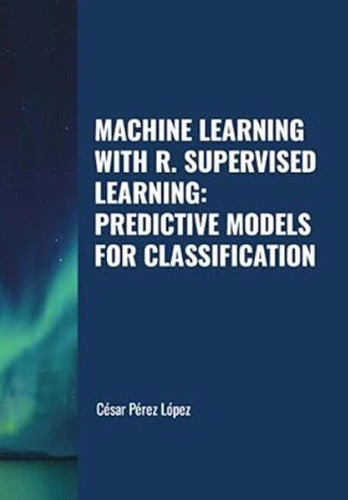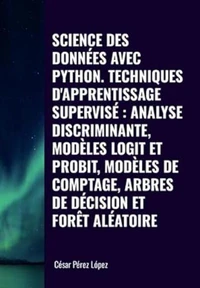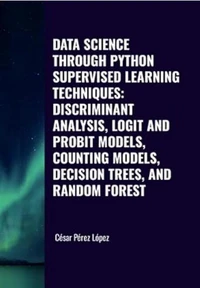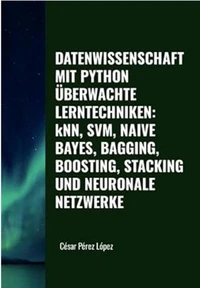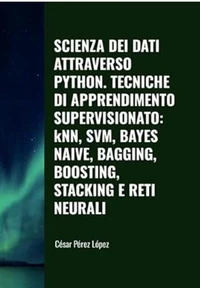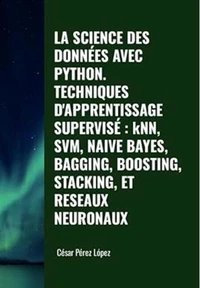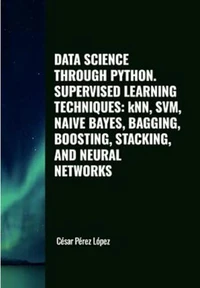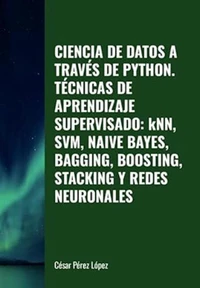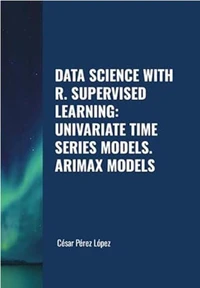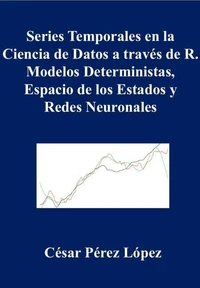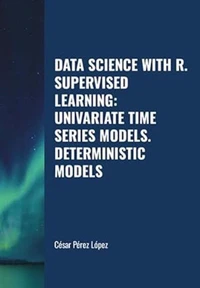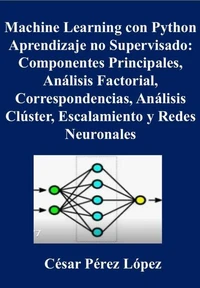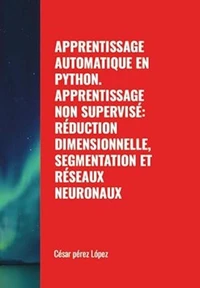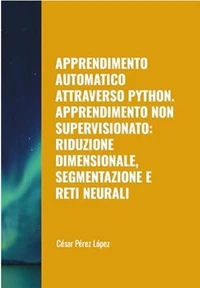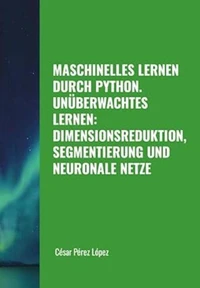Nouveauté
Machine Learning with R. Supervised Learning: Predictive Models for Classification. MACHINE LEARNING
Par :Formats :
Disponible dans votre compte client Decitre ou Furet du Nord dès validation de votre commande. Le format ePub est :
- Compatible avec une lecture sur My Vivlio (smartphone, tablette, ordinateur)
- Compatible avec une lecture sur liseuses Vivlio
- Pour les liseuses autres que Vivlio, vous devez utiliser le logiciel Adobe Digital Edition. Non compatible avec la lecture sur les liseuses Kindle, Remarkable et Sony
 , qui est-ce ?
, qui est-ce ?Notre partenaire de plateforme de lecture numérique où vous retrouverez l'ensemble de vos ebooks gratuitement
Pour en savoir plus sur nos ebooks, consultez notre aide en ligne ici
- FormatePub
- ISBN8232835965
- EAN9798232835965
- Date de parution06/11/2025
- Protection num.pas de protection
- Infos supplémentairesepub
- ÉditeurHamza elmir
Résumé
Machine learning algorithms use computational methods to extract information directly from data. Machine learning uses two types of techniques: supervised learning, which trains a model with known input and output data so that it can predict future outcomes, and unsupervised learning, which finds hidden patterns or intrinsic structures in the input data. Most supervised learning techniques are developed throughout this book from a methodological and practical perspective with applications through the R software.
The following techniques are explored in depth: Discriminant Analysis, Logit Models, Probit Models, Count Models, Generalized Linear Models, Discrete Choice Models, Decision Trees, and Neural Networks.
The following techniques are explored in depth: Discriminant Analysis, Logit Models, Probit Models, Count Models, Generalized Linear Models, Discrete Choice Models, Decision Trees, and Neural Networks.
Machine learning algorithms use computational methods to extract information directly from data. Machine learning uses two types of techniques: supervised learning, which trains a model with known input and output data so that it can predict future outcomes, and unsupervised learning, which finds hidden patterns or intrinsic structures in the input data. Most supervised learning techniques are developed throughout this book from a methodological and practical perspective with applications through the R software.
The following techniques are explored in depth: Discriminant Analysis, Logit Models, Probit Models, Count Models, Generalized Linear Models, Discrete Choice Models, Decision Trees, and Neural Networks.
The following techniques are explored in depth: Discriminant Analysis, Logit Models, Probit Models, Count Models, Generalized Linear Models, Discrete Choice Models, Decision Trees, and Neural Networks.

